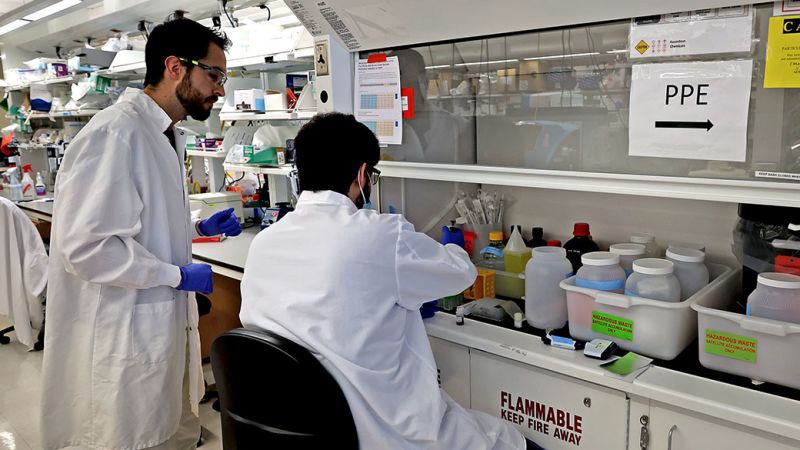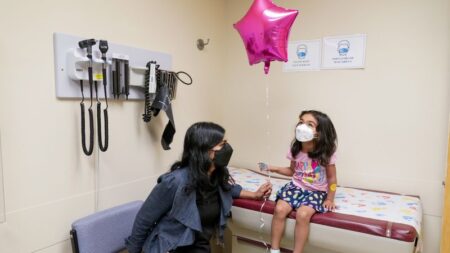In recent developments, the response to the H5N1 virus, also known as “bird flu,” in the United States has been criticized for being slow and ineffective. With three reported cases in humans and clusters in cattle herds across several states, it is evident that the virus is widespread among animals. This situation highlights the importance of coordination and trust in public health efforts to protect people, animals, and the economy.
The H5N1 virus has been a known threat for over two decades, and Finland successfully stopped the spread of the virus in animals last summer before it could infect humans. This success story, along with others, is documented in the new Epidemics That Didn’t Happen report.
Although the U.S. has made efforts to address the situation, including increasing test production, evaluating vaccines, and tracking related viruses in wastewater, there are key lessons to be learned from Finland’s response. Finland’s rapid and coordinated response within 24 hours of detecting the virus in animals allowed for quick containment and testing of at-risk individuals.
On the other hand, the United States has struggled to effectively detect and respond to the spread of H5N1 among cattle. The lack of testing and tracking has hindered efforts to control the outbreak, and there is a clear need for better communication and coordination between human and animal health agencies.
Trust is another crucial factor in responding to such outbreaks. Finland’s successful surveillance program and prompt compensation to farmers for culling infected animals fostered trust in the government, enabling them to take further preventative measures such as vaccinating frontline workers.
In contrast, trust in the U.S. government, especially among rural Americans affected by the outbreaks, is low. Efforts to support farmers through financial assistance and studies have been announced, but more may be needed to rebuild trust and protect the agricultural sector.
Effective coordination between government agencies is essential in responding to health crises. Finland’s close collaboration between human health and agriculture officials enabled a rapid and comprehensive response, including the enactment of new legislation to control the outbreak.
In the U.S., coordination between various agencies monitoring different aspects of the outbreak has been challenging, but efforts to improve communication and collaboration are underway. It is crucial for directives to be tailored to the specific needs of communities, as national mandates may not be practical given the country’s size and diversity.
Moving forward, it is imperative for local, state, and national authorities to work together transparently and in real time to prevent future outbreaks. Congress should allocate resources to strengthen pandemic preparedness, and relationships with farm owners and workers must be prioritized to address their needs and concerns.
Ultimately, a global effort is needed to effectively respond to infectious diseases like H5N1. Every country, including the United States, must be prepared to act swiftly and collaboratively to prevent outbreaks from becoming epidemics. The latest report from Resolve to Save Lives emphasizes the importance of responsive health systems in mitigating the impact of infectious diseases.












